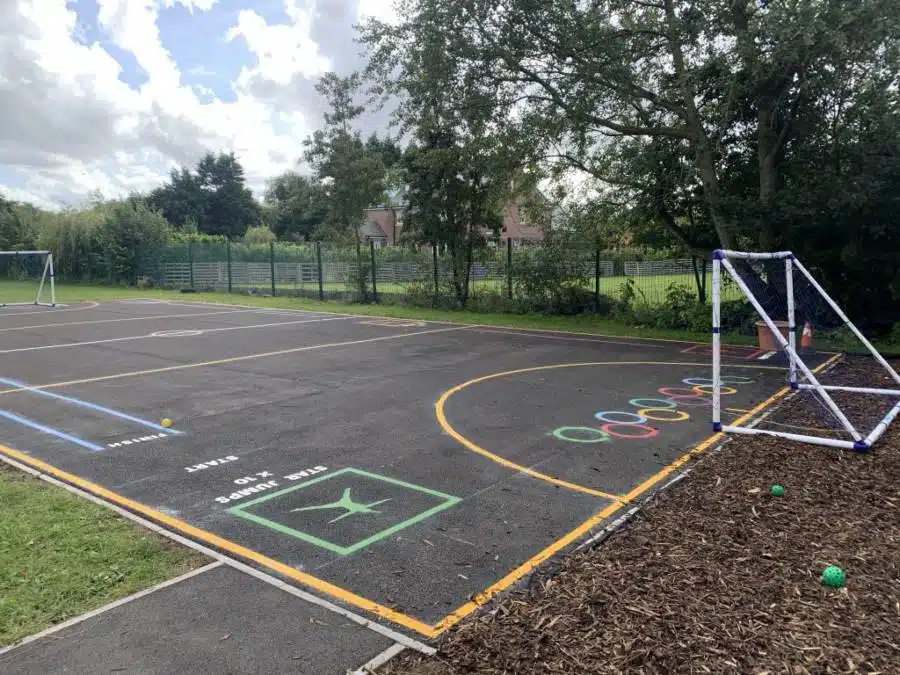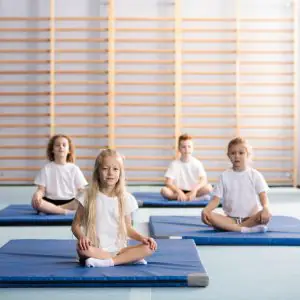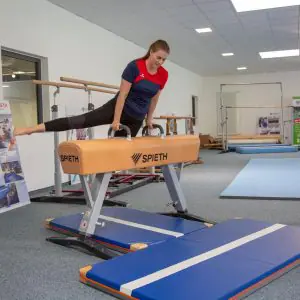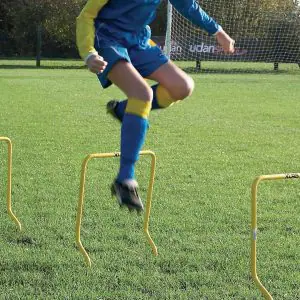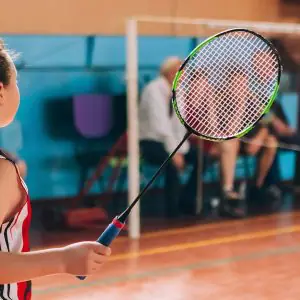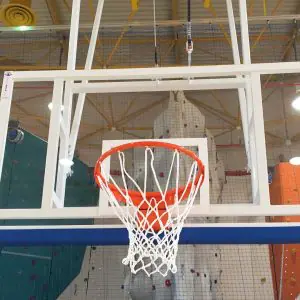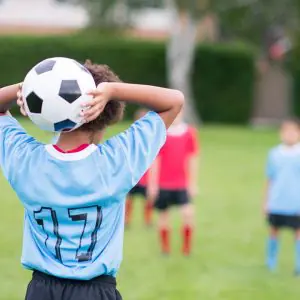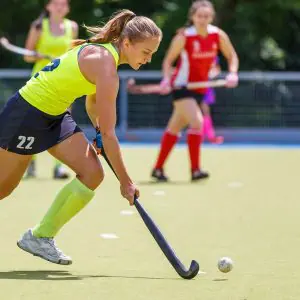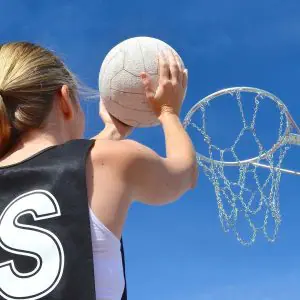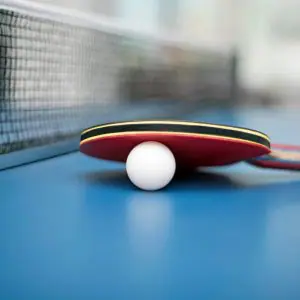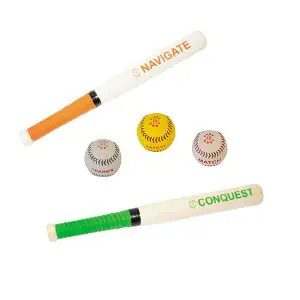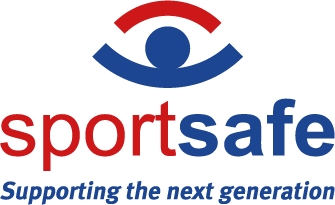Why push a counter when you can run down a snake? Where’s the fun in looking at a compass if you can’t get up and follow the directions? What if jumping on the numbers on a caterpillar suddenly makes you understand Addition?
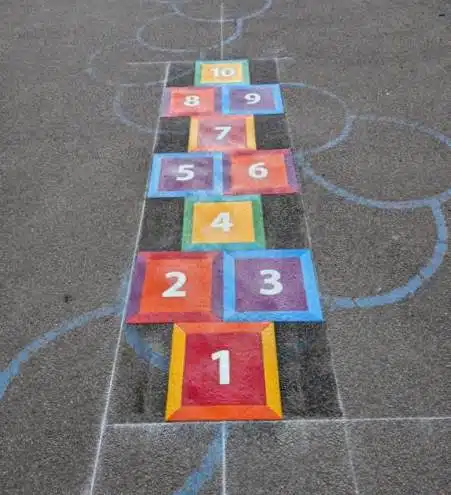
Movement helps learning and understanding in ways that even the most brilliantly designed worksheet, pen, paper, tablet, screen or desk cannot. Many a lightbulb ‘Oh! I get it!’ moment has come whilst landing on that hopscotch square, running up the Snakes & Ladders ladder, or standing on a British Sign Language sign.
According to Stevens-Smith (2016a), children learn best when moving because it stimulates the neurons and electrical wiring in the brain… there are links between movement and improved cognition (Furmanek, 2014)… Recent findings have suggested that there may be a positive correlation between memory and movement (Kirk, Vizcarra, Looney, & Kirk, 2014; Savina, Garrity, Kenny, & Doerr, 2016; Shoval et al., 2018).
Not only does movement help to prevent boredom and the risk of ‘drifting off’ but physical movement can also be used to help students process content. … using one’s own body to process new concepts and skills, an approach known as embodied learning.
Of course, this is something the Association for PE advocates and every dynamic teacher knows – and tries to implement in schools every day… but it can be tough trying to be innovative when resources are scarce, space is limited and the curriculum is demanding.
Time to multitask and double up.
Schools have playgrounds, break and sports areas as part of their basic set up. With a bit of innovative thinking, these resources can become part of the academic day too.
In ‘Brain Rules’, the molecular biologist, Dr John Medina, discusses how the science of the brain could help us to understand better ways for children to learn, us to teach and the way education is organised. The focus is on exercise to boost brain power, plus how stimulating more of the senses during a task results in sensory integration and more comprehensive learning.
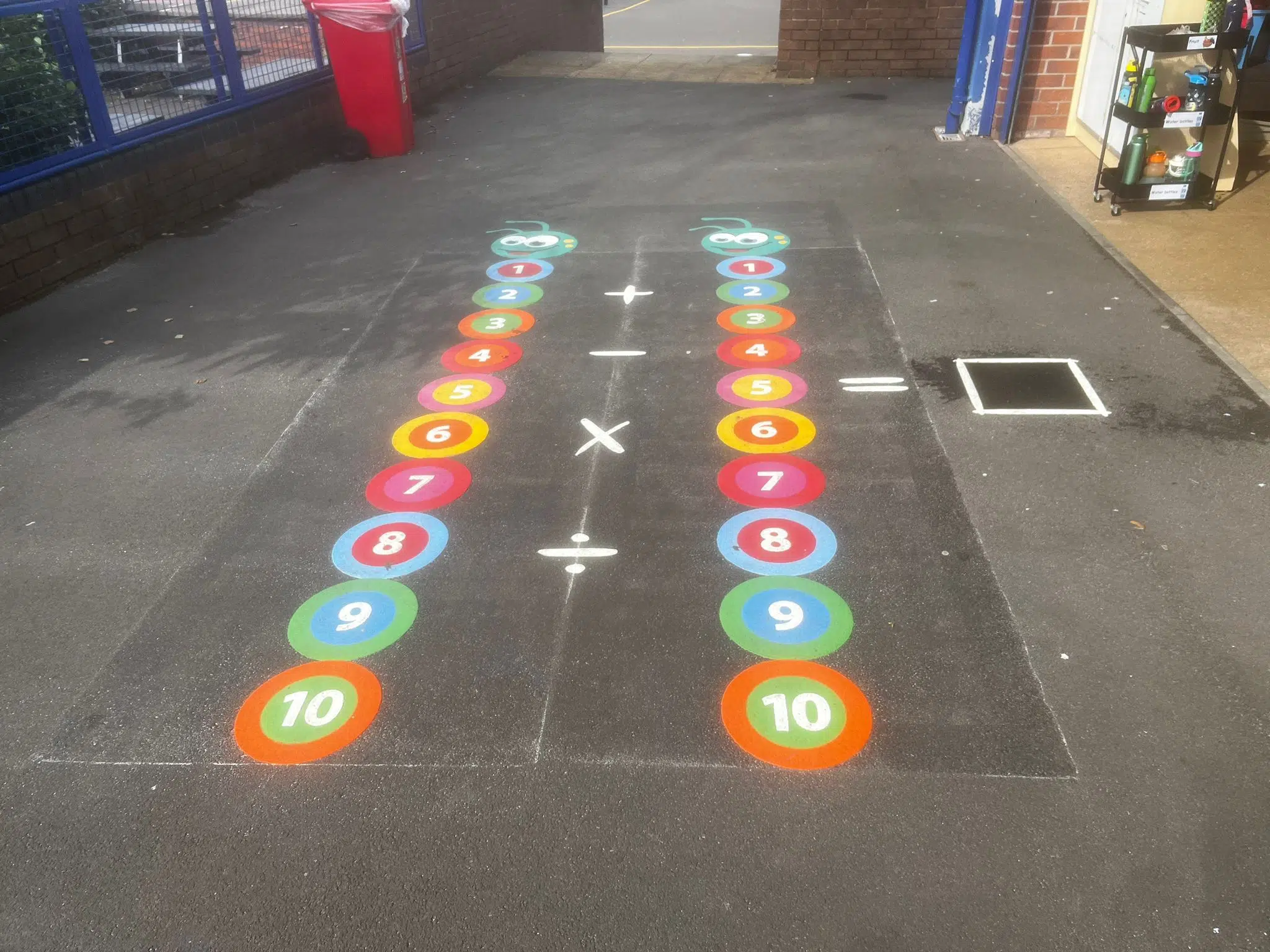
With this in mind, playground markings can be more than just fun at break; they can become proper, interactive, enjoyable learning experiences for lesson time too.
Roadways and road safety designs make an interesting visual display on the playground and a great to follow in independent play. How about if they also became part of your more formal road safety training; distance v time in Maths; and stories about travel, direction and adventure in Creative Writing?
Hopscotch can be adapted to think about addition, division, multiplication and subtraction as you play; the alphabet grid could be great for fun spelling practice; the A-Z snail lets children tell a story with their feet whilst others watch and work it out.
Suddenly, sitting independently planning a story on a piece of paper becomes an interactive experience with ideas shared and scenes visualised and acted out. That thermoplastic, non-slip, durable rainbow on the ground offers an exploration of using colour in a description; the giant world map can be walked on and places researched and imagined; space travel adventures are created as children run from planet to planet on your solar system design.
Obviously, this does not have to be done for every creative writing lesson but it can encourage the quiet, academic to see things from a different perspective and stir up the creativity for those who struggle on paper.
For children with social anxiety or mobility issues which make physically active Maths and Literacy tricky, poseable dolls can be a great idea. In this way, the other children become much more conscious of the involvement of their friend and can be involved in helping them to participate.
For Maths, those who struggle with concepts can see them in action as other children move around and work out solutions. Being able to move around a game and see it from different angles can help you with the strategy.
Giant Ludo, Chess, Dartboard, Periodic Table, Times Triangle and Clock Face designs enable maths skills to be explored in groups with every ability level included.
Because the games are played on a large scale, what may be a traditional game for two people can easily be adapted to become a game for a group where the teams need to work together and reach a consensus. It’s a chance to get fresh air and engage in practical maths experiences in a context which is unfamiliar to many children.Some children who struggle with maths inside have a more positive experience outside.
Some playground number designs can even be used to run outdoor Maths games competitions with children paying a small entry fee to raise money for charity or extra resources for the school.
Maths and Literacy on paper and in physical spaces can also be combined in ways that further benefit the learning experience of pupils. For example, children could be encouraged to create their own board game designs or informative Maths and Literacy graphics, some of which are then selected to be reproduced in giant format when the playground surface is next refurbished. As this would be a major undertaking, pupils would need to understand the process and to work hard to make their ideas as universally practical and adaptable as possible for maximum use and longevity.
With older classes, you can set specific investigations, e.g. Is it an advantage to begin first in this game and how can you prove this? What happens if three people play a game instead of two?… It can be fun if the games are created on a large-scale and children become the actual pieces in the game.
In conclusion, sometimes, there may already be the resources on site to make Maths and Literacy come to life. With some creative thinking, schools can adjust their 2D classroom lessons to become more 3D and physically dynamic just by using the playground space already available.
Discover Sportsafe Playground Markings